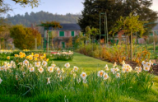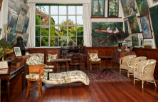Michel Bussi: “Monet is so accessible”
The success of his novel ‘Black Water Lilies’ (translated by Shaun Whiteside, Orion Publishing Co, 2017) has forever tied him to the small village of Giverny. Enjoy an impressionist interview with a writer from Normandy, Michel Bussi…
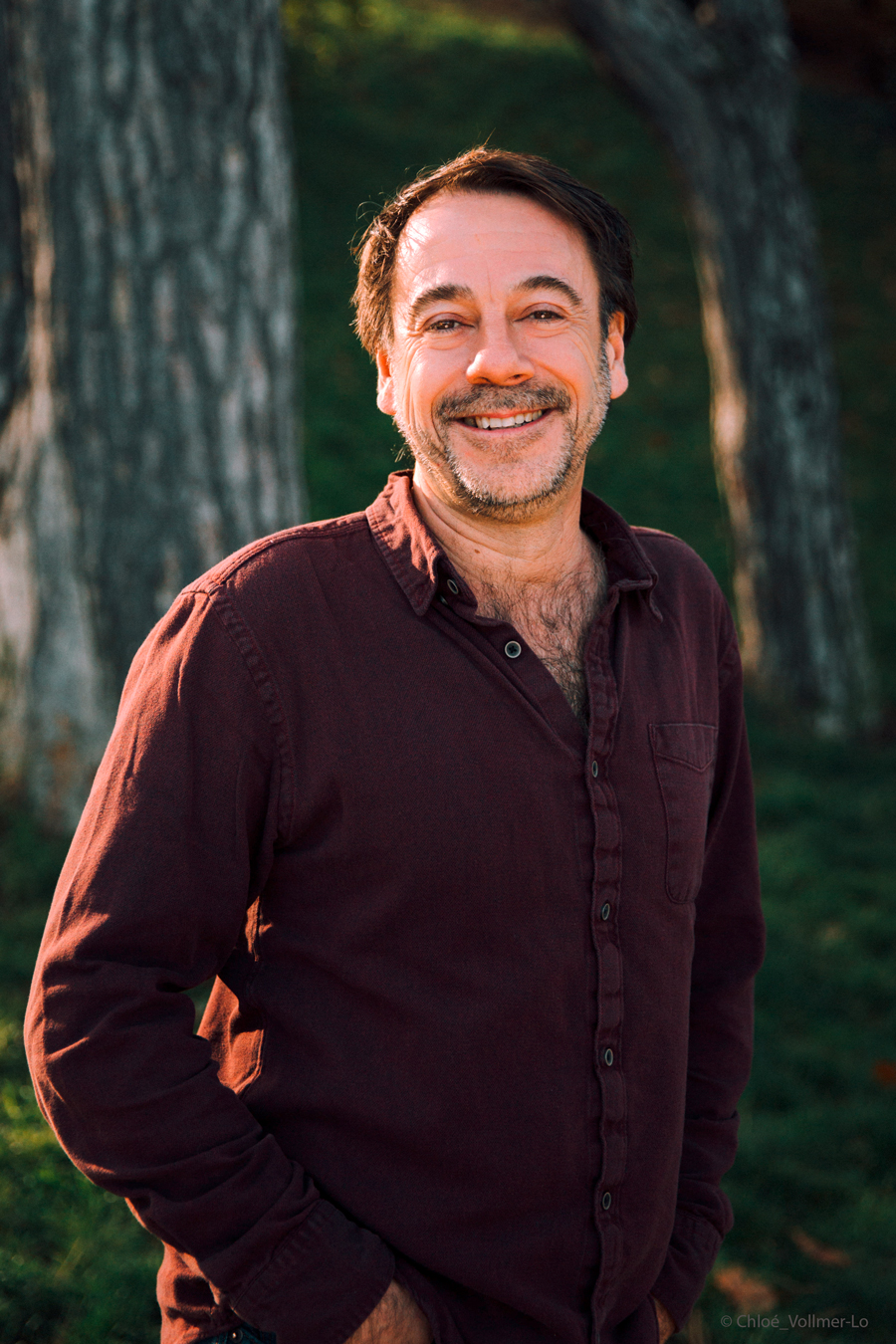
Once again, you are centre stage for Giverny news with the comic book adaptation of Black Water Lilies! What was it about comics artist Didier Cassegrain and scripter Fred Duval’s proposal that caught your attention?
They contacted me through the Dupuis publishing house. They had ideal profiles as Fred Duval is a scripter from Rouen who knows Normandy really well and Didier Cassegrain is a comics artist who is really switched on in terms of paintings! After that, quite naturally, Didier Cassegrain set the tone. We needed to breathe an impressionist feel into the comic that respected Giverny’s colours but avoided the pitfall of ‘copy-pasting’. That was the challenge: offering a highly pictorial world without becoming a Monet parody.
When you started writing Black Water Lilies, did you absolutely want to write a novel about Giverny? Or was the village incorporated into a pre-existing plot?
The latter. I had a plot in mind, of a little girl who loves paintings. So I initially needed a village with ties to pictorial art. Because I come from Normandy, I knew Giverny well and thought it provided an obvious setting! But I first worked on the story before choosing the location where it would take place.
Did you draw on numerous sources of research when writing your novel?
I read a number of works on Giverny, namely Claude Monet’s biography written by Michel de Decker. But my aim was not to uncover or learn new things, so I did not dig too deep. However, I did talk with Giverny guides in depth. And I was so scared of making a mistake that I actually asked them to proofread my work. It was important to me to get the right tone: avoiding an overly cynical criticism of mass tourism in Giverny while avoiding rose tinted glasses too!
Your novel has influenced life in Giverny as the guided tour following the Black Water Lilies trail (Nouvelle Normandie tourist centre) has been a big hit. When you wrote your novel, you were still an emerging author. Did you ever imagine it would become the focus of literary tourism?
Not at all! Actually, this plot was created with a very Normandy-focused mindset, using the birth place of impressionism as the backdrop. I thought that the novel might be popular with those who live in and love Normandy. That was all! But it’s true that the novel ended up being closely bound to Giverny through the places I chose, somewhat randomly, which have become must-visit locations for readers. At Giverny, there is the aspect of: “Ah, that’s where it happened!” which I never imagined! My novel also casts a nostalgic gaze over the village, with its allusions to the artist, fields of wheat and poppies. I played on this timeless tone, which is also what visitors come to find at Giverny.
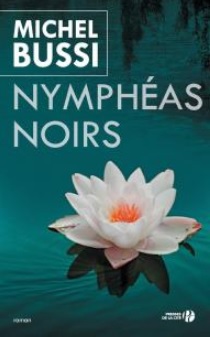
In Black Water Lilies, you are meticulous in terms of spatial points of reference. Did your geography training influence your way of writing?
Yes, perhaps. And more so in this work where the concept of the landscape is key. As a geography lecturer, I taught my students the topic of environmental involvement and defining the natural landscape. Giverny’s landscape is a special case, partly because of the changes Monet made to create his garden and partly because of later changes (cutting down the poplars, etc.). I found it interesting to show how people look at a landscape and re-imagine it.
What about the Korean director’s plans to adapt Black Water Lilies for the big screen?
It’s taking a while but is still on the cards. There have been delays and changes to the producers, so it won’t start for another few years. But it’s still on the agenda!
In your book, the Fondation Monet, Chennevières mill, Rue Claude Monet and Baudy Hotel serve as the backdrop to the plot line. But beyond these must-visit sites, what is the Giverny you love?
When I used to take the train to Paris, I loved looking at Giverny from afar and glimpsing its church bell. And of course I love Giverny without any tourists. Wandering on the Island of Nettles with nobody around is fantastic! That’s the quirky Giverny I prefer.
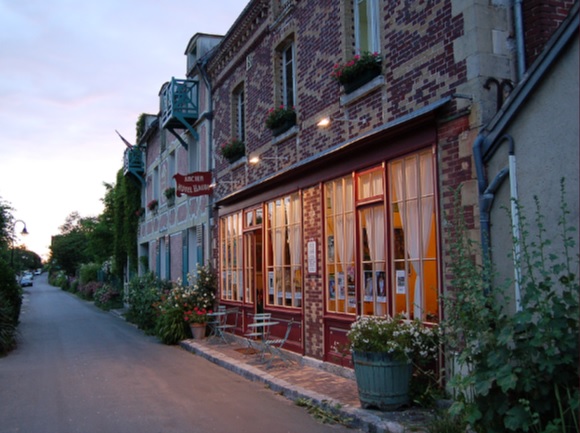
What do you think of Giverny today?
I think that it’s great, both for France and specifically Normandy, to have a destination like Giverny to attract tourists from around the world. It’s always amazing to see the hordes of Asian tourists stepping off the train at Vernon station! But even when there’s lots of visitors, it is a magical place. It’s a shame that people arrive and leave soon after. They need to take the time to explore the area, sleep in holiday cottages…
And are you a fan of impressionist paintings?
I’m not too knowledgeable in that area and impressionist paintings don’t specifically appeal to me. Initially, it was Claude Monet’s Normandy roots and universal appeal that spoke to me. Actually, as I did more research and reading, I became more interested in him as a person! Monet is so accessible. It’s easy for someone who does not like art or is not an expert to be attracted to this artist. What then interested me about impressionism was the fact that you aren’t depicting reality, just your reality. You depict a landscape as you perceive it, not as it actually is. That impressionist aspect breathes a specific tone into my novel! It enabled me to create something that is neither reality, nor lies, nor fantasy…
You have clearly walked along Fondation Monet’s paths many times. What do you feel when you wander around this site full of life and history?
It’s very moving. You are gripped by an amazing feeling of stepping into a universally known landscape, with the water lilies, Japanese bridge and artist’s house. You have the site’s beauty on one hand, and the underlying depictions of it on the other. It constantly sparks our subconscious minds! I am lucky to live nearby but I can imagine what a visitor might feel when they step inside. A bit like me when I found myself standing before the Great Wall of China!









